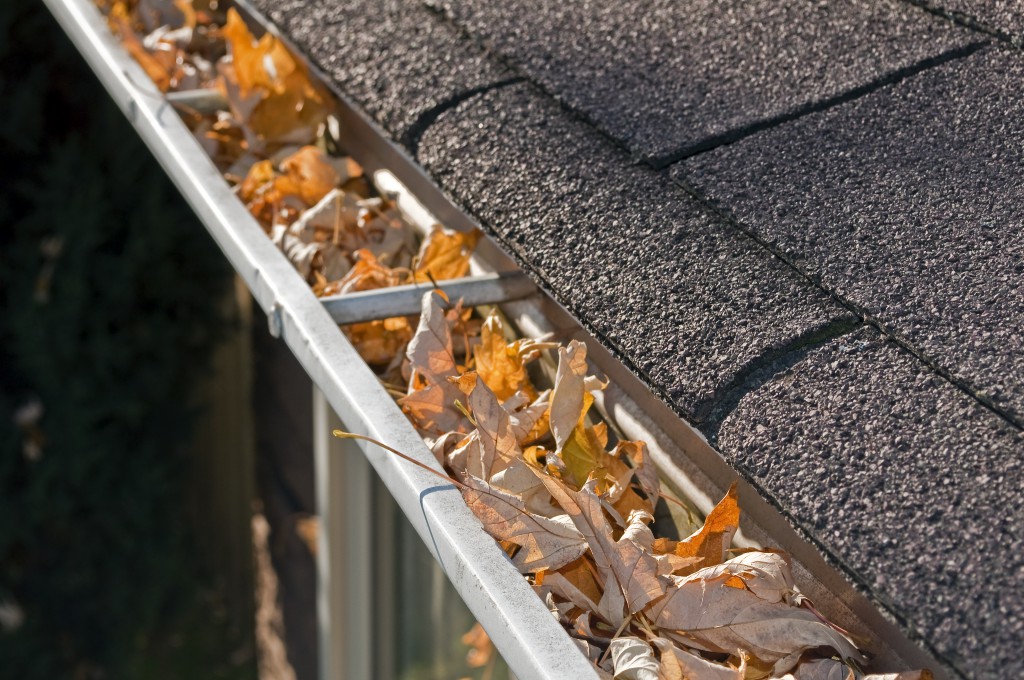Important Considerations When Replacing Your Gutters

Gutters around your home are the beautiful outlines that set the roof line off from everything below. They obviously perform a necessary function by giving the water that comes from your roof a place to go. Having a professional biannually maintain and monitor your gutters is an important part of home ownership. They are able to advise you as to the best gutter size and type, typical downspout requirements, and the laws and codes that must be followed when doing a repair or Gutter Replacement.
Gutter Sizes and Styles
It’s important to know which gutters will work best with your particular house. The materials available include vinyl, steel, and wood. Vinyl is light-weight and offers a multitude of color options. Although these are typically less money, they can tend to crack over time. Steel is sturdier but can crimp and rust after constant exposure to the elements. Pressure-treated wood is aesthetically pleasing and not expensive. Professional installers will know the correct size and best material option for your home.
Downspout Requirements
Often, with Gutter Replacement comes replacing the downspouts as well. Unless you have done extensive research on how much water volume your gutters have to route across your roof and down through the spouts to a drain, here’s where an expert is invaluable. Rain, snow, and even the amount of debris involved are important issues when deciding on the right size and type of downspouts to go with your gutters.
Local Codes and Requirements
Once you have decided on replacing your gutters, make your first step to check out the codes and requirements for your neighborhood and your home in particular. If you have a Home Owners Association or if your home is considered a historical landmark, there are certain requirements that must be met. Professionals will be able to help you decide what you are allowed to use.
Knowing your options and requirements makes Gutter Replacement easier. Relying on the experts gets it done right.
